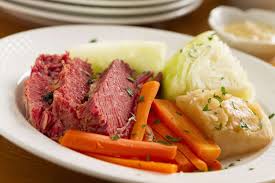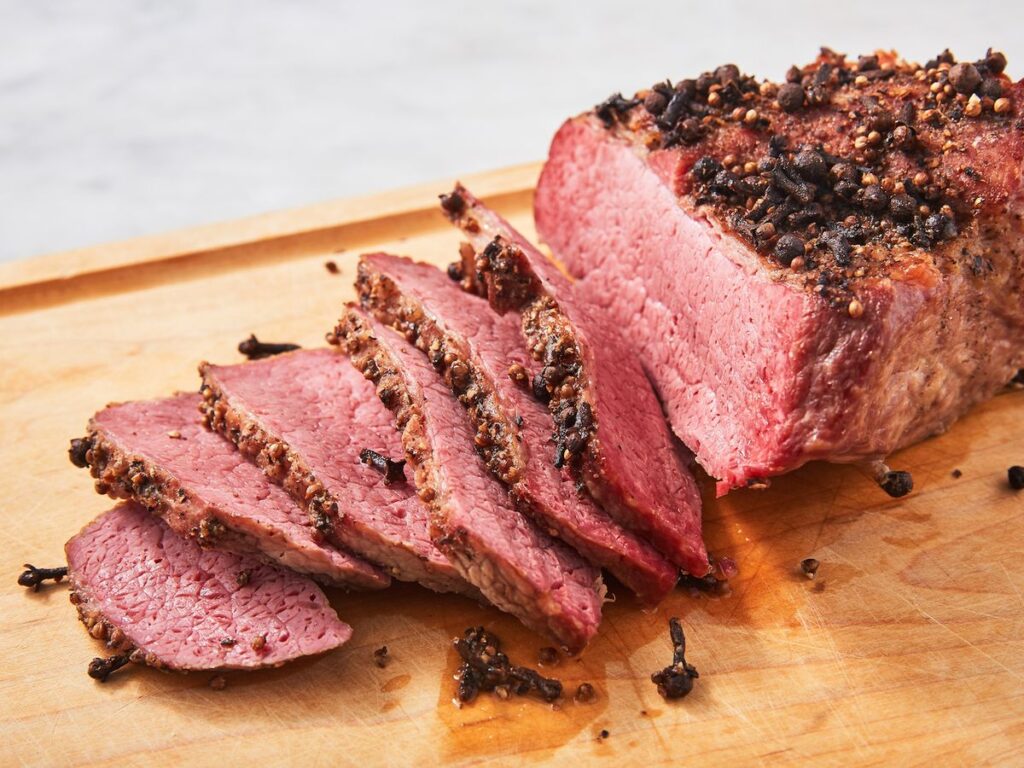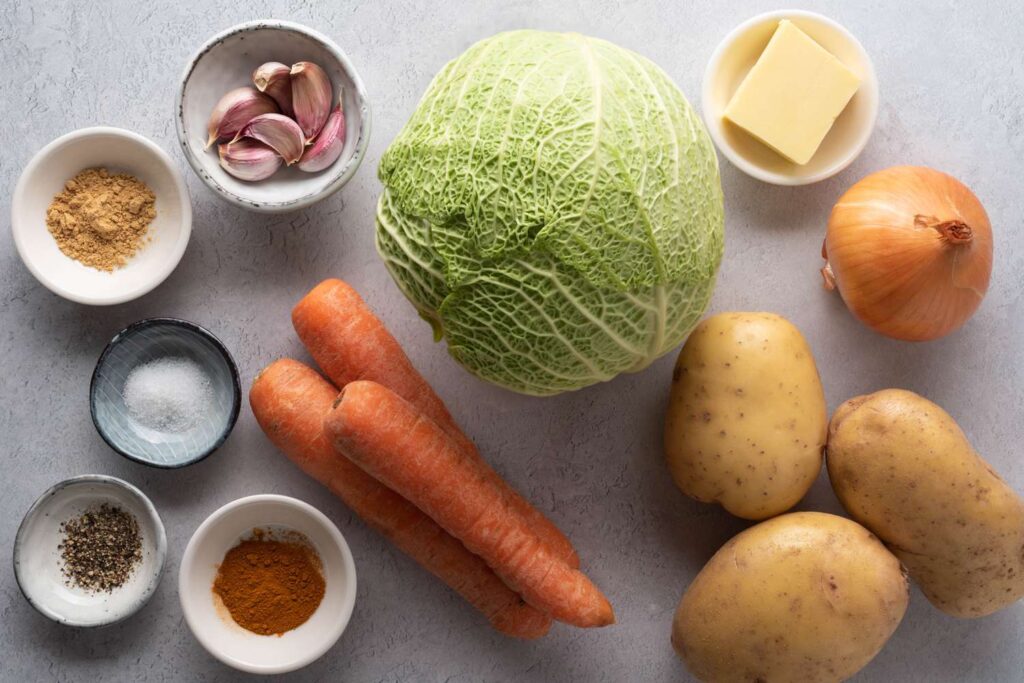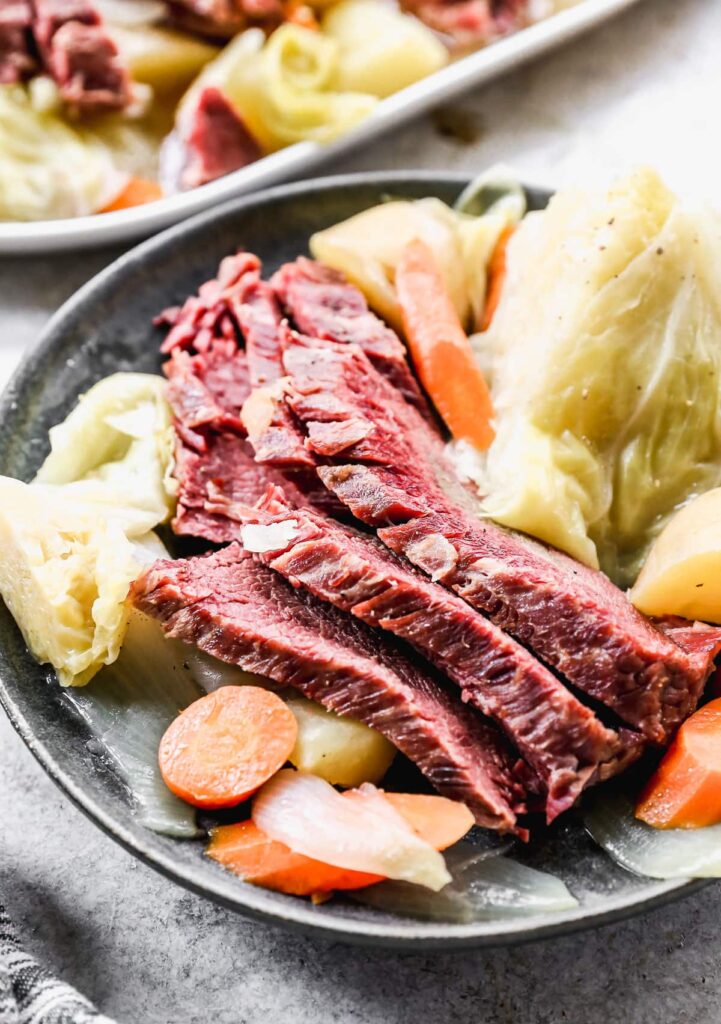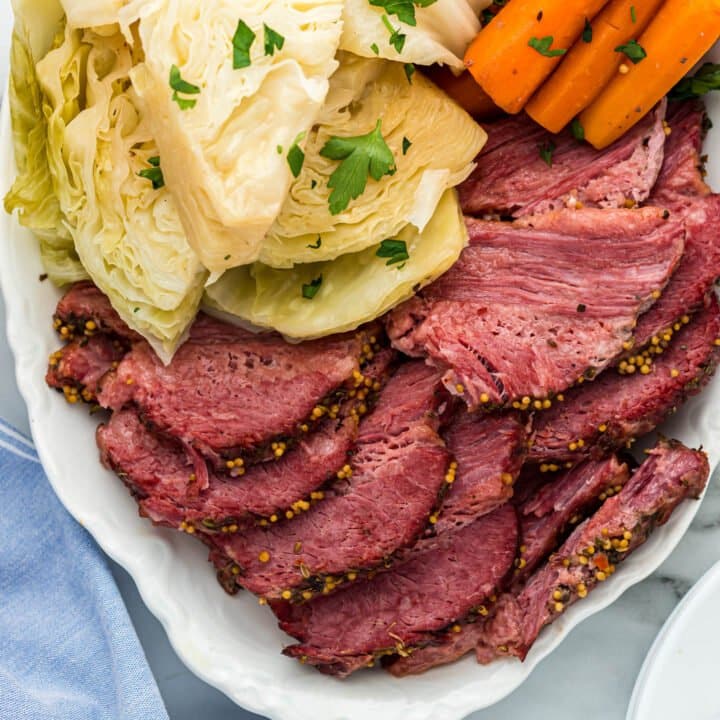Essentially a brisket cured in seasonings, the corned beef recipe is steeped in tradition and cherished by many. In classic comfort foods, only a few dishes evoke the same sense of comfort and nostalgia as a plate of tender corned beef and cabbage, even from a tool as easy to use as the pressure cooker. When you set the pressure cooker to work, the aroma of spices and savory goodness will fill your kitchen.
So, whether you are a seasoned home cook looking for a hassle-free version of this beloved Irish corned beef recipe or a curious novice eager to explore the world of pressure cooking, all you have to do is read this article.
So grab your apron, gather your ingredients, and dive into the world of flavors, where old-world charm meets modern convenience, and a taste of nostalgia and comfort awaits on every plate.
The Perfect St. Patrick’s Day Comfort Food
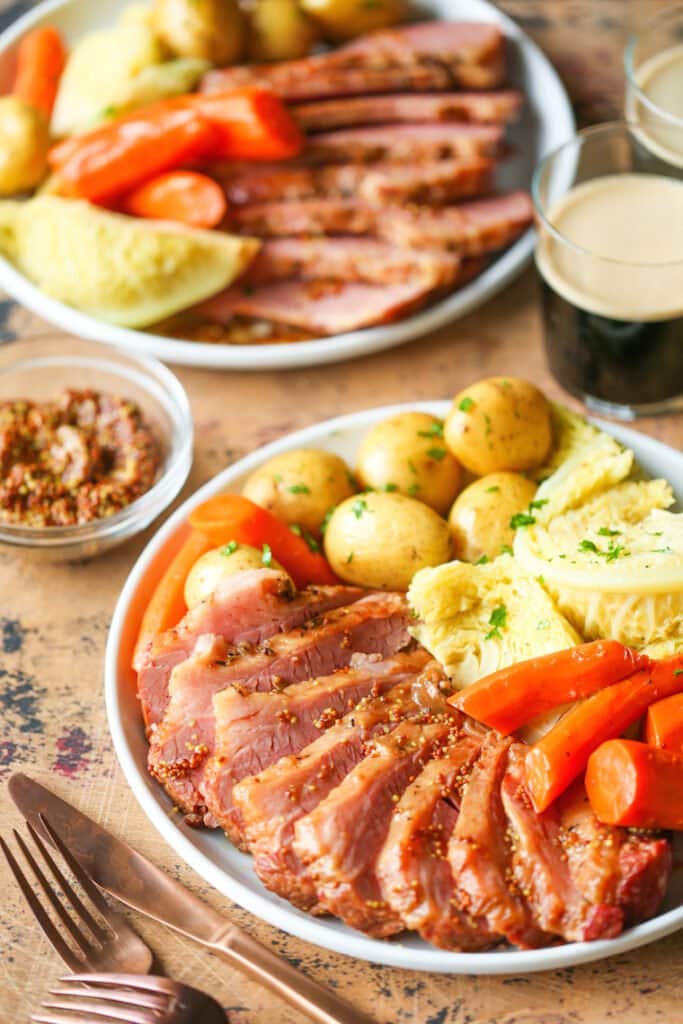
If you have a week to spare, you can corn your brisket for this receipt or purchase one already brined but uncooked. The latter comes with a spice packet. The cut of choice for this dish is the brisket in the States, a tender portion sourced from the lower breast of the cow.
The process of corning beef involves submerging the meat in a brine solution infused with a large amount of salt and other aromatic spices. Over time, the salt works its magic, transforming the texture and taste of the beef, making it irresistibly tender and full of savory and subtly spiced notes.
In the United States, corned beef holds a special place in the hearts of many, especially during St. Patrick’s Day. The time-honored practice of corning briskets has become a beloved ritual for families all over the States. The corned beef recipe goes way back, though. Before the invention of the refrigerator, the corned beef recipe was used as a preservation method.
Requirements for Preparing Corned Beef and Cabbage
Ingredients
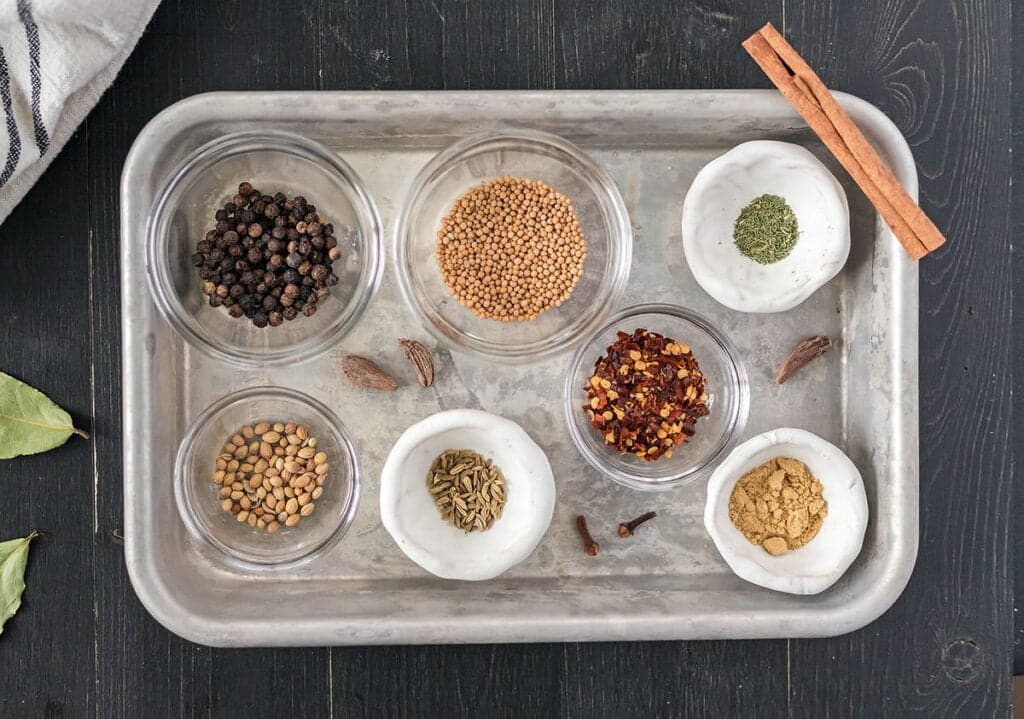
Items Required | Quantity | |||
4 lbs | ||||
3 lbs | ||||
4 cups | ||||
How to Make Corned Beef and CabbageStep 1: Cook the Corned Beef
To cook the corned beef recipe, begin by rinsing it thoroughly. Slice it into four pieces. Place the corned beef pieces, onion, and celery into a pressure cooker. Sprinkle the spice packet over the meat and add enough water to cover it. Cook at high pressure for 60 minutes in an electric pressure cooker or 50 minutes in a stovetop pressure cooker. Release the pressure quickly and carefully open the lid. Test the corned beef’s tenderness by inserting a fork. It should easily slide through the thickest part. Lock the lid and cook for 10 minutes at high pressure if needed. Cooking tip: Season well. The corned beef recipe should have a well-balanced flavor, with the signature taste of corned beef and a harmonious blend of spices. Step 2: Cook the Vegetables
Next, cook the vegetables by adding carrots to the pot and layering cabbage on top. Even if the cabbage extends slightly above the ‘no line’ line, there will still be sufficient space for proper pressure cooking. Cook the vegetables at high pressure for 5 minutes, then quickly release the pressure again. Transfer the vegetables to a platter using tongs or a slotted spoon, and place the corned beef on a carving board. Cooking tip: Better safe than sorry. Follow the manufacturer’s instructions for using the pressure cooker safely. Allow the pressure to release completely before opening the lid. Step 3: Serve the Corned Beef Recipe
To serve, pour the remaining broth from the pot into a fat separator and allow the fat to rise. Meanwhile, slice the corned beef thinly and arrange it on the serving platter with the vegetables. Pour a small amount of de-fatted broth over the corned beef and vegetables. Offer the rest of the broth on the table, and enjoy the delightful dish with your guests. There are also so many ways you can eat corned beef if cabbage is not your liking. Key Elements Associated with Corned Beef Recipe
This corned beef recipe is specifically designed for a pressure cooker with 6 quarts or larger capacity. If you don’t have a larger pressure cooker, opt for a smaller corned beef, weighing no more than 3 pounds, and keep it whole without cutting it into pieces. The rest of the recipe remains unchanged, following the same steps. However, while cooking the corned beef, extend the cooking time to 90 minutes in an electric pressure cooker or 80 minutes in a stovetop pressure cooker. Select a corned beef that is not excessively thick. Aim for a flat and uniform piece, approximately three inches thick. If you end up with a thicker cut, extend the pressure cooking time by ten to fifteen minutes. ServingsThis recipe is perfect for 4 to 6 servings, making it an ideal choice for a family dinner or a friend gathering, especially on St. Patrick’s Day. The stipulated preparation time hovers around 15-20 minutes, whereas the total cooking time is nearly 90 minutes for the corned beef and 5 minutes for the vegetable thing to have your delicious meal ready on your table. Calorie countThe corned beef recipe boasts a rich and hearty nutritional profile, making it a flavorful and satisfying choice for your dining table. A total fat content of 34.3g provides ample energy and contributes to the corned beef recipe’s delicious taste. The 41% cholesterol content, at 122.7mg, should be consumed in moderation, but it is an inherent aspect of the corned beef recipe. One notable characteristic of this recipe is its sodium content, which stands at 2841.7mg, accounting for a significant portion of the daily recommended intake. As sodium is present in the brine used to cure the corned beef, it adds to the distinct flavor of the dish. It’s important to be mindful of sodium intake, especially for individuals on low-sodium diets. In contrast, the total carbohydrate content is relatively modest at 16.4g, with 3.4g of sugars. This makes it suitable for those seeking a balanced meal with moderate carbohydrate levels. The corned beef recipe is a fantastic choice for those looking to incorporate more protein into their diet, providing a substantial 36.1g of protein. The corned beef and cabbage recipe also offers a wealth of essential vitamins like vitamins A and C. Final TakeawayThis Irish-inspired recipe pays homage to tradition and celebrates the modern convenience of pressure cooking. With the ease and efficiency of pressure cooking, classic comfort food has become more accessible than ever. As the pressure cooker works wonders, the corned beef becomes irresistibly tender, melting in your mouth with each savory bite. But the star of the show doesn’t end with the succulent corned beef. The vibrant medley of carrots, potatoes, and cabbage adds color and nutrients to the plate, elevating the dish to a wholesome and satisfying ensemble. It’s the perfect way to gather loved ones around the table for a festive feast or enjoy a comforting family dinner any day of the year. Frequently Asked QuestionsWhat Should I Use if I Didn’t Get the Spice Packet?The spice packet is a crucial aspect of the seasoning packet that might accompany your brisket. In case your brisket does not include a spice packet, opt for a well-flavored combination of pickling spices, which can be found in most grocery stores. How Should I Store the Leftover Corned Beef and Cabbage?Don’t worry if your corned beef recipe is more than you can eat in one go. The good news is that corned beef makes delicious leftovers. Store the extra corned beef and cabbage in an airtight container and refrigerate the broth. The leftovers will stay fresh for 3 to 4 days. CategoriesPressure Cooker Recipes |

